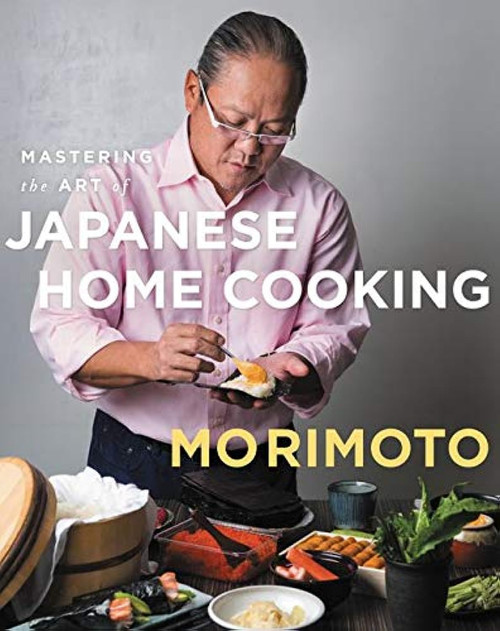Ike Taiga (17231776) and his wife Tokuyama Gyokuran (17271784) were preeminent artists in 18th-century Japan. This landmark bookthe only comprehensive survey available in Englishfocuses on the lives and times of these artists and accompanies the first-ever exhibition devoted to their work in the United States.
Considered by contemporaries to be an eccentric marvel, indifferent to worldly preoccupations, Taiga is best known as an exponent of the so-called Nanga school of Chinese literati painting. He was hugely prolific and experimental, working in an impressive range of styles, techniques, compositions, and subjects to produce over 1,000 calligraphies and paintings, and many large-scale fusuma (sliding doors) and screens. While not as well known as her husband, Gyokuran was a significant artist and a well-regarded poet of Japanese verse. Taiga wrote poetry in Chinese, and translated poems by both artists are featured prominently in this volume.
Considered by contemporaries to be an eccentric marvel, indifferent to worldly preoccupations, Taiga is best known as an exponent of the so-called Nanga school of Chinese literati painting. He was hugely prolific and experimental, working in an impressive range of styles, techniques, compositions, and subjects to produce over 1,000 calligraphies and paintings, and many large-scale fusuma (sliding doors) and screens. While not as well known as her husband, Gyokuran was a significant artist and a well-regarded poet of Japanese verse. Taiga wrote poetry in Chinese, and translated poems by both artists are featured prominently in this volume.










